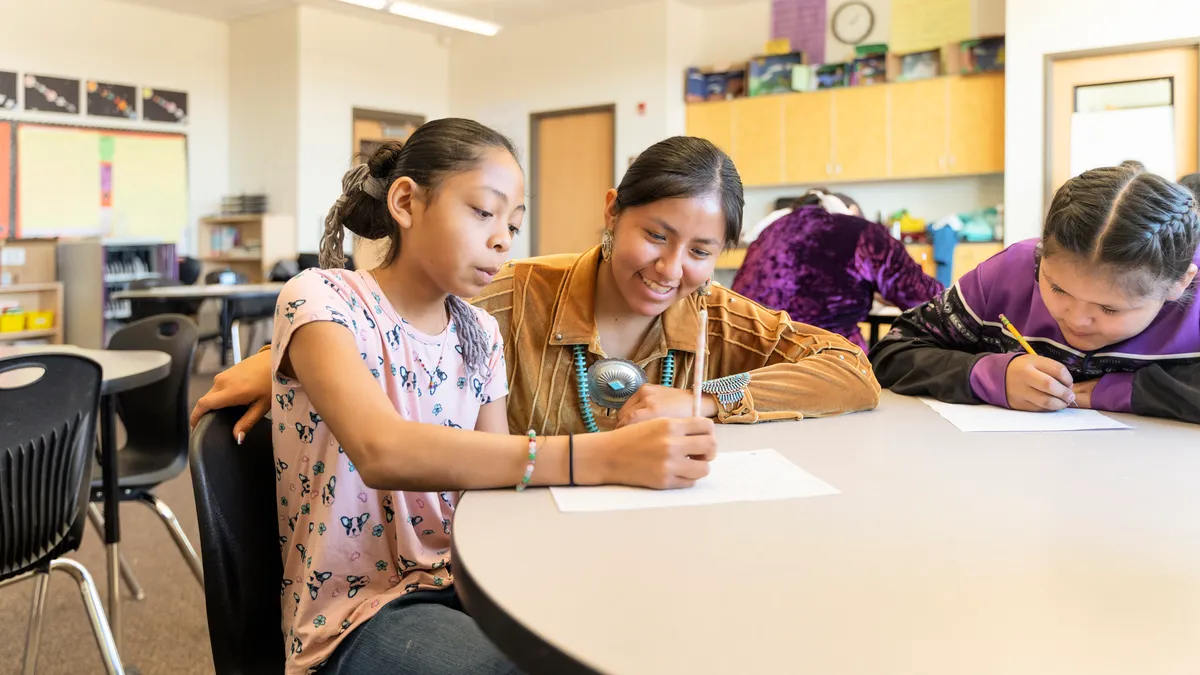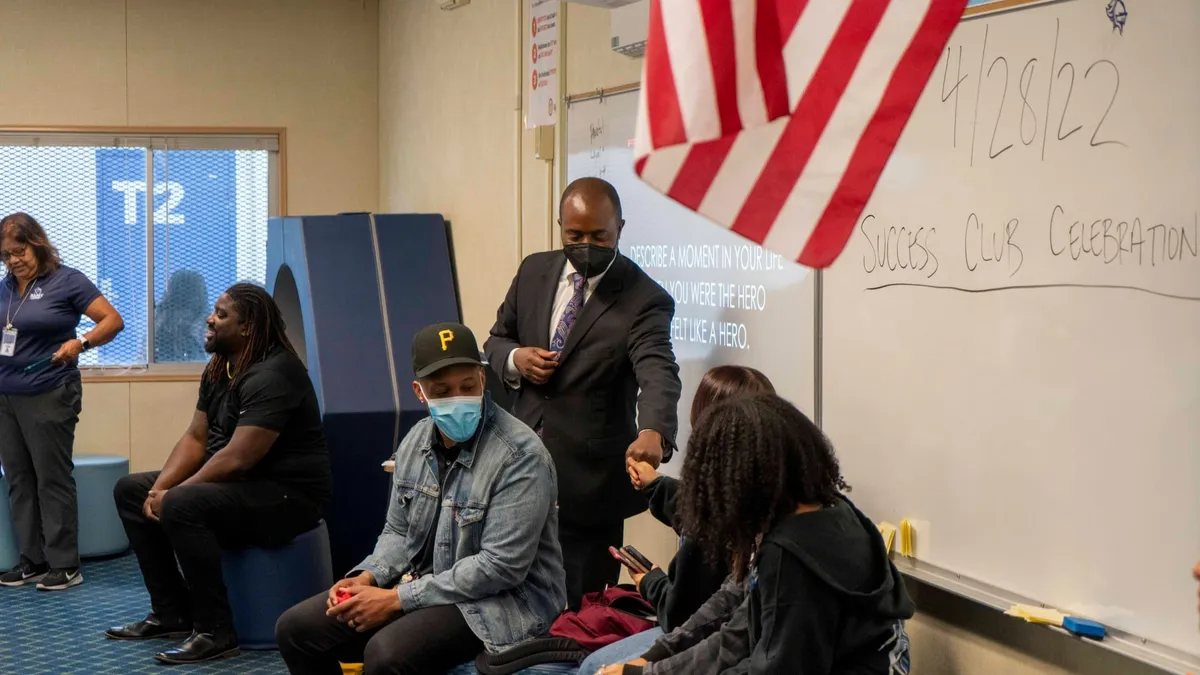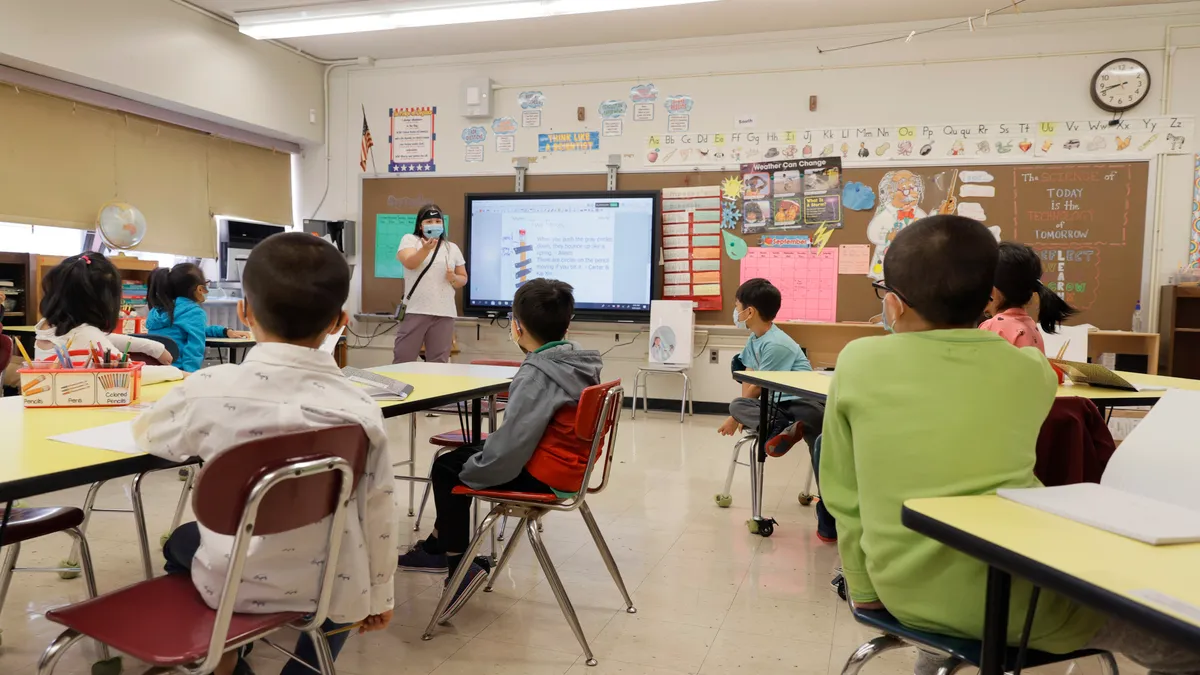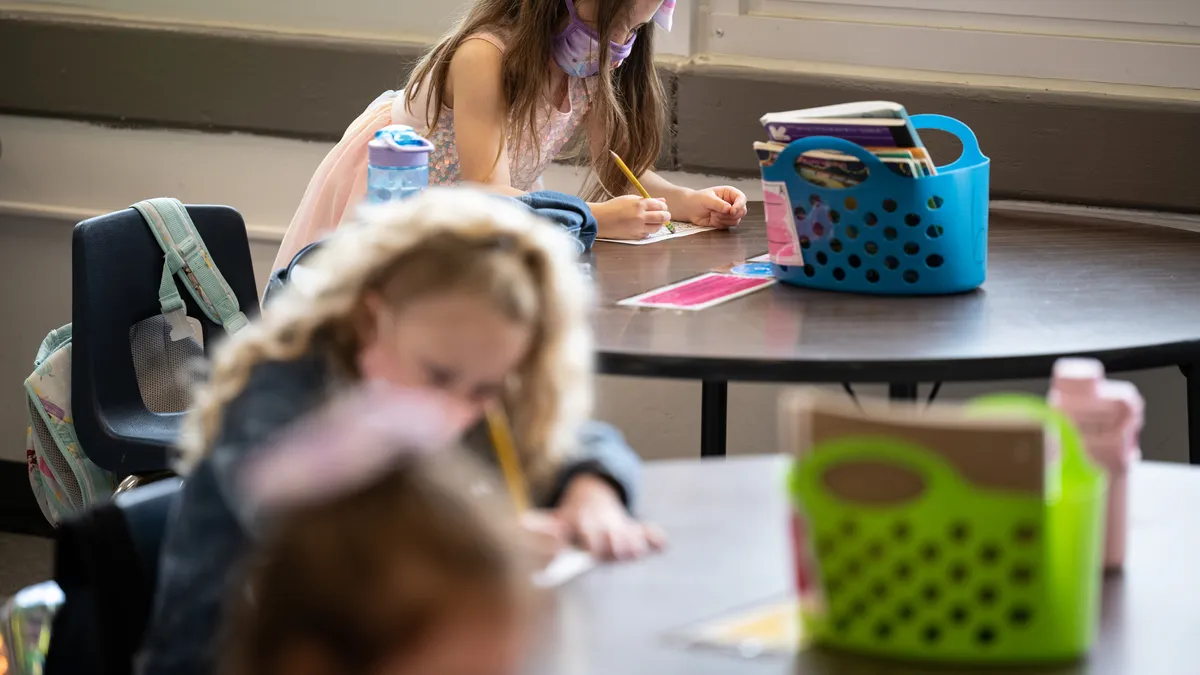Editor's note: This article is a guest piece by Charles E Mendez, III, who serves as the managing director of the C.E. Mendez Foundation. The foundation focuses on prevention education as a means to promote healthier children and better students. For more information, visit www.mendezfoundation.org.
The Centers for Disease Control and Prevention report that students who feel more connected to their school have better health and educational outcomes than those who do not. Students with strong school connectedness are less likely to engage in alcohol, tobacco, or other drug use (ATOD) or violence. Engaging families, communities, and the students themselves creates a caring and supportive environment ripe for school connectedness. It is vital for schools to foster the belief that the adults and peers at school care about student education as well as about the students as individuals.
Four main factors directly affect school connectedness: adult support, positive peer groups, commitment to education, and the school environment. Providing students with a solid foundation of social emotional skills is a key part of all four factors.
Adult Support
Students need positive support and respect from the adults in their lives, both at home and at school. At school, administration can encourage teachers to create personal relationships and connections with students. This could be through one-to-one tutoring, personalized learning programs, or extra-curricular activities. Professional development training for teachers and support staff can give educators more understanding of and skills for working with different learning styles to support emotional and cognitive needs. Providing support both academically and emotionally for teachers and students works to create a positive environment in which students feel empowered.
In the ideal learning environment, families are actively involved in the education process, which means schools would need to adapt to varied schedules. Parent-teacher conferences and newsletters are excellent for keeping families connected. Educators could consider holding skills workshops for parents to learn how to help with academics, as well as social emotional needs; inviting adults to lead or assist with homework or after-school projects; or having family members help identify and connect community resources with the school.
The more options offered for caregiver participation, the more likely parents and caregivers are to become active in the child’s education and school community. When adult support extends beyond the school yard, students place more value on their education. Educators should encourage families to create a supportive learning environment at home, where students have the space, quiet, and supplies to complete homework and other projects. By offering guidance on assignments or time management, or simply asking about school and homework, parents and guardians demonstrate the value of education.
Positive Peer Groups
Students are heavily influenced by their peers, often basing their opinions and activities on what the peer group supports. Students with strong social skills and decision-making abilities will align with others who value education and healthy social interaction. They are less likely to be swayed by negative peer influence when they are part of a stable, positive group. Reinforcement from friends who avoid risky behaviors prevents students from taking part in activities such as skipping school, ATOD use, or violence.
Commitment to Education
When students are committed to their own education and the belief that education is a priority, they feel more of a connection to their school community and have greater academic success. A critical part of children developing and maintaining this commitment is seeing it modelled and acted out by the adults in their lives. Tutoring, academic competitions, and other events encourage students to think about and set goals for their future, both academically and regarding careers.
School Environment
The environment created by the school, also referred to as school climate, is an essential piece of school connectedness. Simultaneously created by and vital in the creation of supportive adults, positive peer groups, and commitment to education, it encompasses the learning environment, administrative atmosphere, and the social experience as well as the physical environment. The learning space should be clean, orderly, safe and inviting, as should the rest of the climate.
By emphasizing positive behaviors more than focusing on punitive measures, treating incidents as teachable moments, and working to understand the emotional and cognitive needs of students at various stages, teachers can foster the development of social emotional skills to engage students in their learning. A feeling of mutual respect among teachers and students creates a constructive atmosphere for learning. Setting guidelines and high expectations for performance challenges students to succeed. Celebrating successes makes students feel good about learning and encourages them with a reason to aim for more success in the future. When students don’t meet the challenge, encouraging them to continue to try and try again creates a habit of effort and hard work. Students empowered with the confidence to speak up in class and involved in decisions about how classes and schools are run have increased feelings of school connectedness.
Educators can engage families and students in decision making processes, involving them in classroom management, larger administrative questions, and event planning to give a greater sense of community and connectedness. Feelings of responsibility and ownership develop when students believe their opinions are valued and incorporated into management of the school and classrooms. School connectedness is increased further by extracurricular activities and groups appealing to a wide variety of interests and learning styles.
Social Emotional Skills
All four of the factors for developing school connectedness are bolstered by ensuring students have strong social emotional skills. In turn, positive experiences with adults, peers, and school climate strengthen social emotional skills. Social emotional learning creates empathetic, self-aware students who can manage their emotions, set and achieve goals, and feel confident and empowered enough to avoid risky behaviors such as ATOD use and aggressive or violent behaviors. As the CDC study reports, students with a strong sense of school connectedness are also less likely to engage in risky behaviors.
Increasing school connectedness creates a self-sustaining cycle of positive outcomes. Empowered and supported teachers lead to empowered and supported students, who empower and support their peers; together, they form a community dedicated to learning and primed for success. Strong social emotional skills, coupled with a safe and supportive school climate with caring adult involvement, foster in students the resiliency they need to meet the challenges they face in childhood, adolescence, and beyond into adulthood.



















